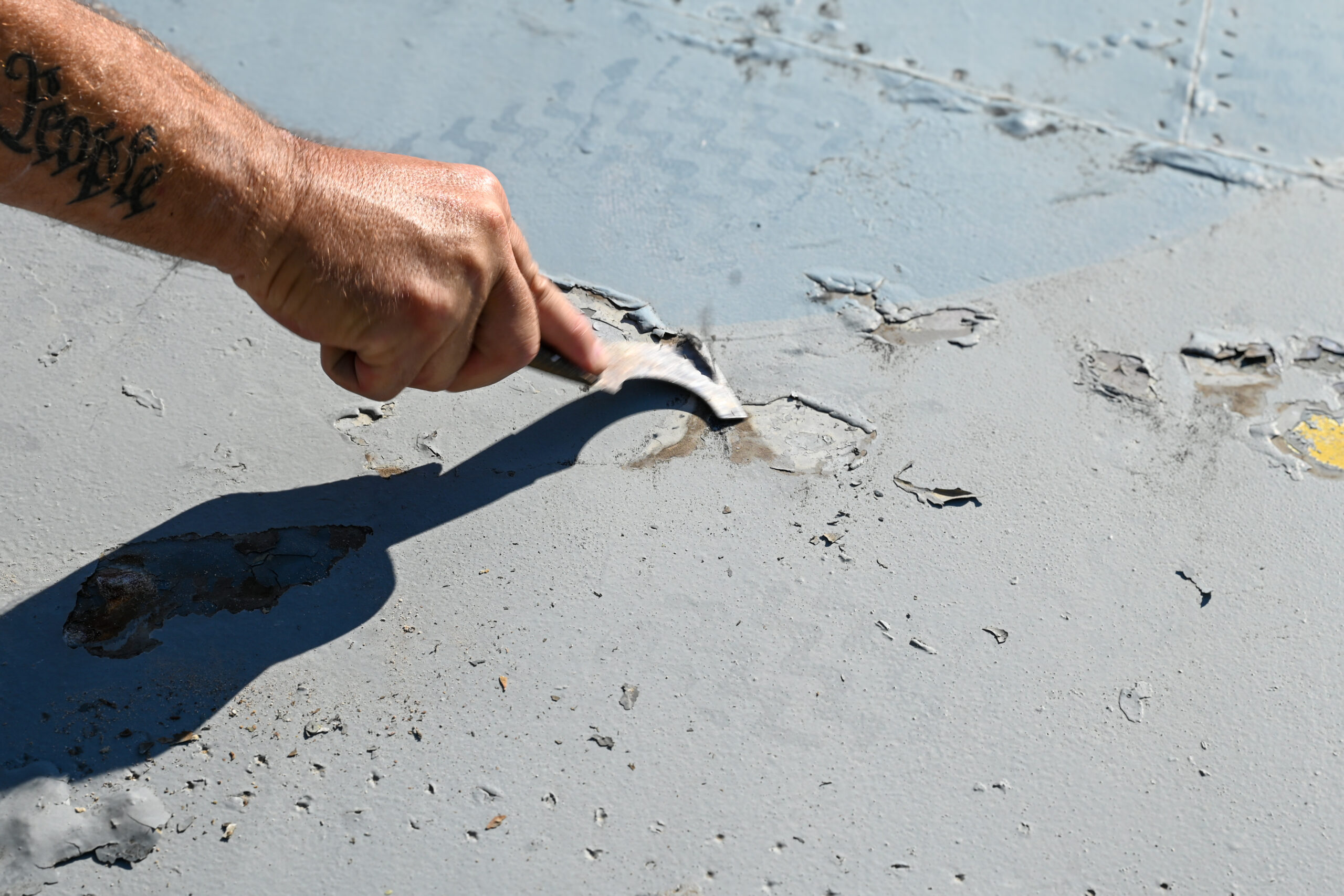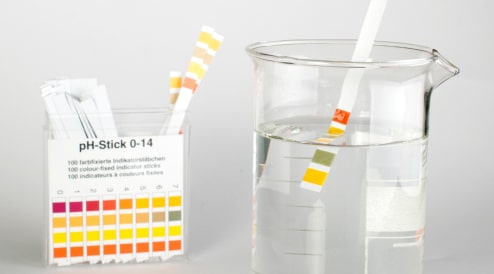When it comes to cleaning in aviation, precision is key. Whether you’re removing grease from an aircraft engine or prepping a wing for painting, the choice of solvent plays a pivotal role in ensuring effective cleaning. But there’s an often-overlooked partner in this process: the cleaning cloth.
While solvents get much of the attention for their role in breaking down contaminants, the cleaning cloth has an equally important job. It acts as the delivery mechanism for the solvent, determines how well contaminants are removed, and can even influence the quality of the surface finish. Choosing the right combination of solvent and cleaning cloth is essential to achieving the best results, meeting strict aviation standards, and avoiding unintended problems like contamination or damage.
In this post, we’ll take a closer look at:
- How solvents interact with cleaning cloths.
- Why cloth selection matters just as much as the type of contamination being cleaned.
- Tips for optimizing the solvent-cloth pairing in aviation cleaning applications.
Understanding the Dual Role of Cleaning Cloths
The cleaning cloth isn’t just a passive tool for wiping down surfaces—it plays an active role in the cleaning process. Let’s break this down into three key roles that cloths perform in aviation cleaning tasks:
1. Solvent Delivery : The cleaning cloth is responsible for transferring the solvent to the surface. How well it does this depends on the cloth’s absorbency and retention capacity:
- Highly absorbent cloths: These can hold a large volume of solvent, ensuring adequate coverage. However, if they absorb too much solvent, it might reduce the amount that actually reaches the surface, leading to inefficient cleaning.
- Low absorbency cloths: These retain just enough solvent to be effective without waste, making them ideal for quick-drying solvents like acetone or IPA (isopropyl alcohol).
2. Contaminant Removal: After the solvent has loosened the contaminant, the cloth acts as a physical mechanism to lift and remove it. Here, factors like the texture, fiber structure, and durability of the cloth are crucial:
- A smooth, lint-free cloth is ideal for applications where surface precision is critical, such as cleaning avionics or preparing aluminum for bonding.
- A textured cloth may be better for heavy-duty cleaning, as it provides more scrubbing power for breaking up tough residues like hydraulic oil or carbon deposits.
3. Surface Protection: Many aircraft surfaces are highly engineered and sensitive to damage. A poorly chosen cleaning cloth can leave behind scratches, fibers, or lint that compromise the surface. For example:
- Aggressive solvents like MEK (methyl ethyl ketone) or MPK (methyl propyl ketone) can weaken or degrade natural fibers, causing the cloth to break down and leave residue.
- Delicate surfaces, such as composites or polished metals, require cloths that are soft enough to avoid scratching while still being durable enough to withstand repeated use with solvents.
Why Cloth Selection Matters as Much as Solvent Choice
Aircraft cleaning isn’t a one-size-fits-all process. Just as the type of solvent must match the specific contamination being removed, the cleaning cloth must complement both the solvent and the surface. Here’s why the cloth matters so much:
Lint and Fiber Contamination
In aviation, cleanliness is critical—especially in areas like engines, avionics, and bonding surfaces. The wrong cleaning cloth can:
- Shed fibers: Natural fibers (like cotton or pulp) or poorly made synthetic cloths can break down when exposed to strong solvents, leaving behind lint or fibers that contaminate sensitive components.
- Introduce particulates: Loose fibers can interfere with adhesion during bonding or painting processes, compromising the integrity of the aircraft structure.
Solution: Use lint-free synthetic cloths designed for solvent use, especially for high-precision applications.
Material Compatibility
Not all cloths are compatible with all solvents. For instance:
- Aggressive solvents like MEK or acetone: These can degrade natural fibers, causing cloths to fray or disintegrate.
- Alcohol-based solvents like IPA: These are less aggressive but may evaporate too quickly if paired with highly absorbent cloths.
Solution: Pair aggressive solvents with synthetic, durable cloths made from materials like polyester or nylon that resist degradation.
Solvent Retention
Different cloths interact with solvents in unique ways:
- High-retention cloths: These hold the solvent longer, making them ideal for slow-drying solvents or tasks requiring extended cleaning time.
- Low-retention cloths: These prevent over-saturation, which is useful for quick-drying solvents like acetone, ensuring minimal waste.
Solution: Match the solvent evaporation rate with the cloth’s retention characteristics to optimize efficiency.
Best Practices for Pairing Solvents and Cleaning Cloths in Aviation
Here are some practical tips to help you select the right solvent-cloth combination for your aviation cleaning tasks:
Identify the Contaminant:
- Light residues (e.g., fingerprints, light oils): Use IPA with a low-retention, lint-free cloth.
- Heavy contaminants (e.g., hydraulic fluid, grease): Use MEK or MPK with a textured, durable cloth designed for solvent resistance.
Consider the Surface:
- Delicate surfaces: Use soft, lint-free synthetic cloths with non-aggressive solvents like IPA or acetone.
- Durable surfaces: For cleaning landing gear or engine components, pair textured cloths with strong solvents like MEK or MPK.
Match Cloth Material to Solvent:
- For quick-drying solvents: Use cloths with medium retention to avoid drying out too quickly.
- For slow-evaporating solvents: Use cloths with high absorbency to ensure even application.
Comply with Regulations:
- Select solvents that balance performance with compliance, such as acetone (not classified as a HAP under NESHAP).
- Track solvent consumption to avoid exceeding emissions limits.
Precision Cleaning Requires the Right Pairing
In aviation, effective cleaning is about more than just selecting a strong solvent. It’s about creating a synergy between the solvent and the cleaning cloth to achieve optimal results. A well-matched pairing ensures contaminants are thoroughly removed, surfaces are left clean and undamaged, and compliance with aviation standards is maintained.
At M-Squared Innovations, we understand the importance of precision in aviation cleaning. That’s why we offer a wide range of solvents and cleaning materials tailored to your needs. Our experts can help you find the perfect combination of solvent and cloth for your specific application, ensuring both efficiency and compliance. Reach out to us today to learn more!




